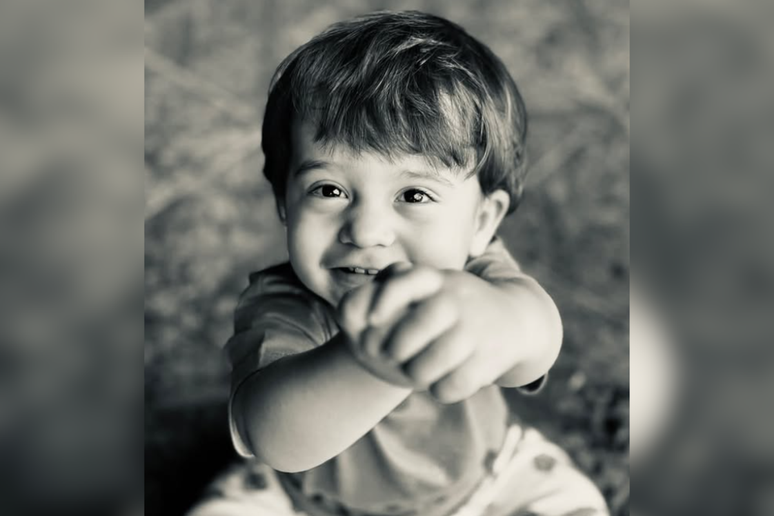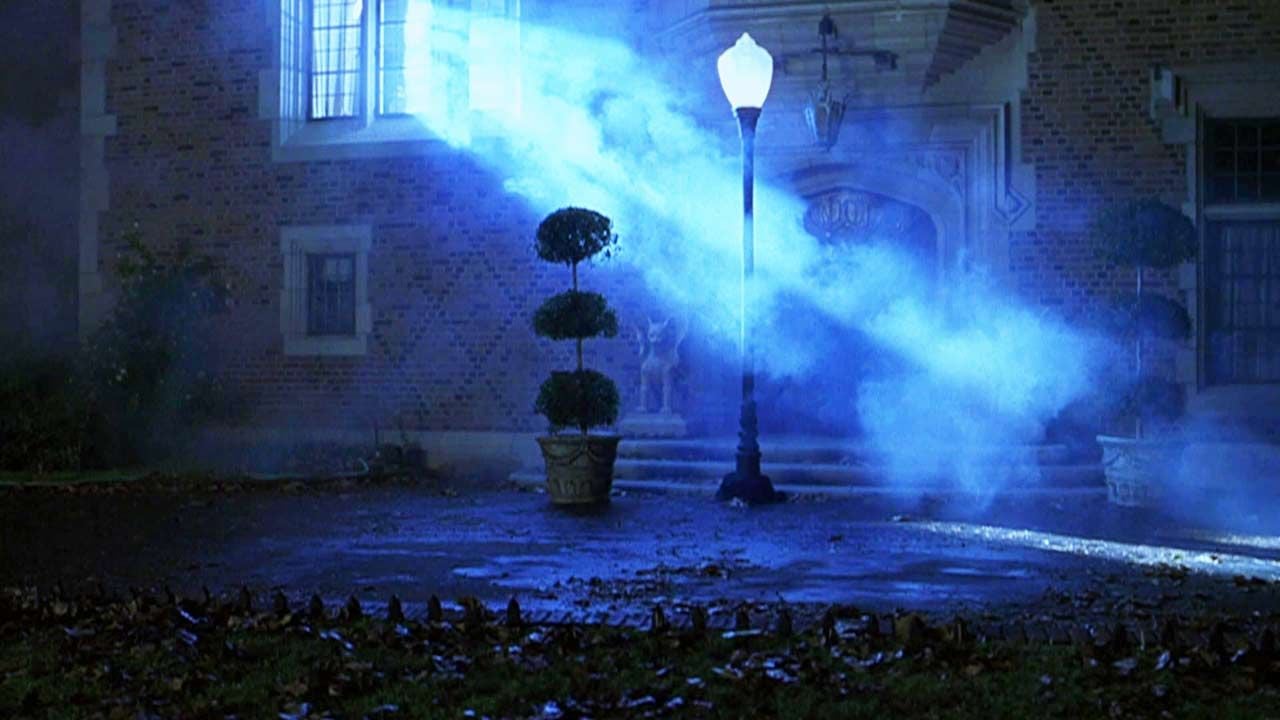Experts talk about how to help children fight this problem. Singer Ana Castela released a statement on the Tatá Werneck program saying that she had suffered bullying during her school years. The other children’s criticisms concerned the size of the singer’s ears. The topic is nothing new, but it is essential to discuss and raise awareness about it […]
Experts talk about how to help children fight this problem
Singer Ana Castela released a statement on the Tatá Werneck program stating this
During his school years he was a victim of bullying. The other children’s criticisms were concerning
size of the singer’s ears. The topic is nothing new, but it is essential to discuss it and
raise awareness on this issue which affects a significant part of the population. According to one
survey conducted by the Brazilian Institute of Geography and Statistics (IBGE), approximately 23%
of Brazilians said they had experienced bullying at some point in their lives.
Consequences of bullying
According to research conducted by King’s College London, it is the children who suffer
People who are repeatedly bullied have a higher risk of developing mental health problems later in life
term. The study shows that bullying alters the structure of the brain, especially in the region
of the cerebral cortex, responsible for functions such as memory, attention and control
emotional. Furthermore, research indicates that victims of this problem may present a risk
40% more likely to develop disorders such as depression and anxiety in adulthood.
“The damage caused by bullying is not limited to the present,” says pediatrician Flávia de Freitas Ribeiro,
specialist in child psychiatry. “These changes in the brain can result
emotional and socialization difficulties throughout life, reinforcing the importance of
timely intervention.”
What to do when you recognize bullying
When they realize that a child is being bullied, many parents can feel helpless.
or not knowing how to act effectively. According to Dr. Flávia, the first step is to create
a safe and open environment at home where the child feels they can share their own
experiences without fear of retaliation or judgment.
“Active listening is key. Many children may not talk openly about bullying
out of shame or fear of making the situation worse. Therefore, parents need to pay attention to the signs
indirect”, advises the pediatrician.
Also according to the clinical and school psychologist of the Legacy School, Camila da Silva Conceição, for
Fighting bullying in schools requires promoting respect and empathy: “Teaching children to
respect differences and put yourself in others’ shoes. Empathy is a tool
powerful against bullying. Encourage students to talk about their experiences and
feelings. An open line of communication between parents, students and teachers is essential
identify and resolve problems related to bullying. Conduct classes and workshops to educate
school community on what bullying is, its consequences and how to act. Teachers and
Employees should look out for signs of bullying on and off school activities
intervals. Establish a clear anti-bullying policy, with defined consequences and
consistent for criminals.
How to recognize
Teresa Daltro, pedagogue and director of Rede Daltro, explains that bullying is a serious problem
which affects the well-being and development of children and adolescents. It involves
aggressive, intentional and repetitive behavior, which can cause physical harm,
emotional and psychological consequences for victims. The specialist offers guidance on how to identify it
the problem:
· Repetitive behaviors: physical, verbal or psychological aggression that is repeated
over time.
•Intent to cause harm: Deliberate actions with the aim of harming or intimidating the
victim.
• Power inequality: aggressor and victim are in unequal positions, due to physical strength,
social status or other factors.
•Changes in the victim’s behavior: observation of signs of anxiety, depression,
school dropout, decline in academic performance, among others.
Source: Terra
Ben Stock is a lifestyle journalist and author at Gossipify. He writes about topics such as health, wellness, travel, food and home decor. He provides practical advice and inspiration to improve well-being, keeps readers up to date with latest lifestyle news and trends, known for his engaging writing style, in-depth analysis and unique perspectives.






![Such an excellent sun in advance: Summary of Episode of Wednesday on May 14, 2025 [SPOILERS] Such an excellent sun in advance: Summary of Episode of Wednesday on May 14, 2025 [SPOILERS]](https://fr.web.img6.acsta.net/img/19/06/19062b22f151e3925e06162cd3d7e918.jpg)


